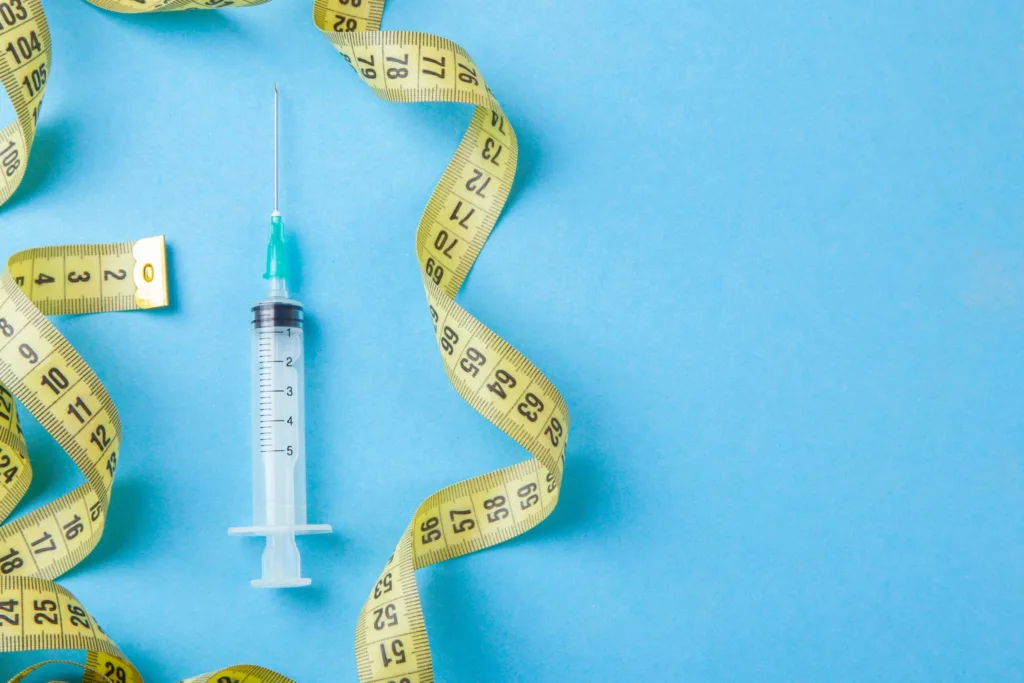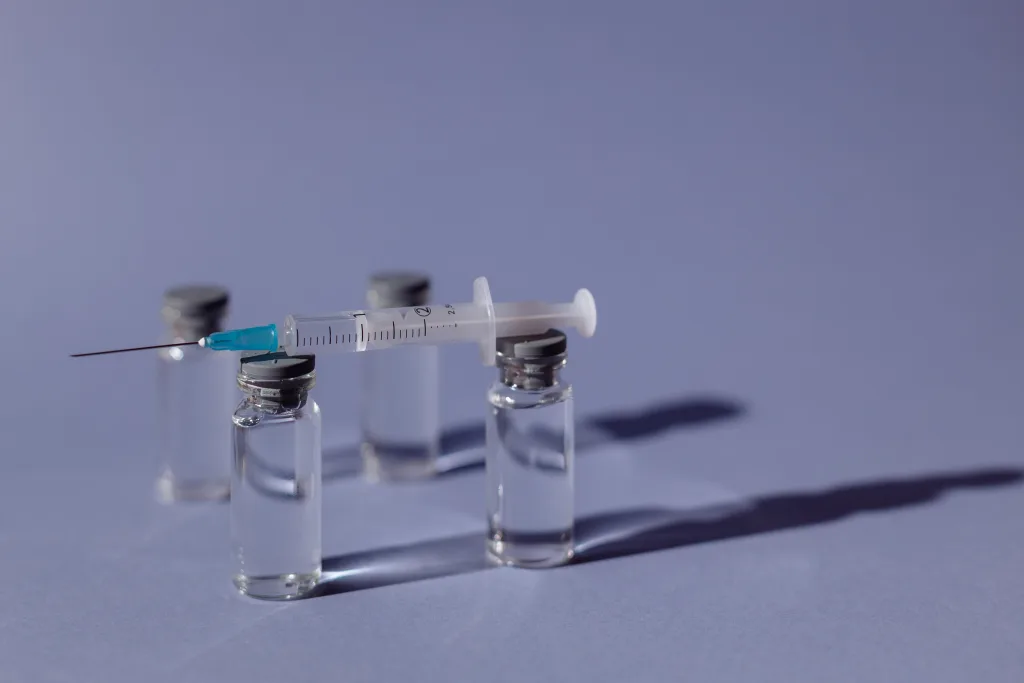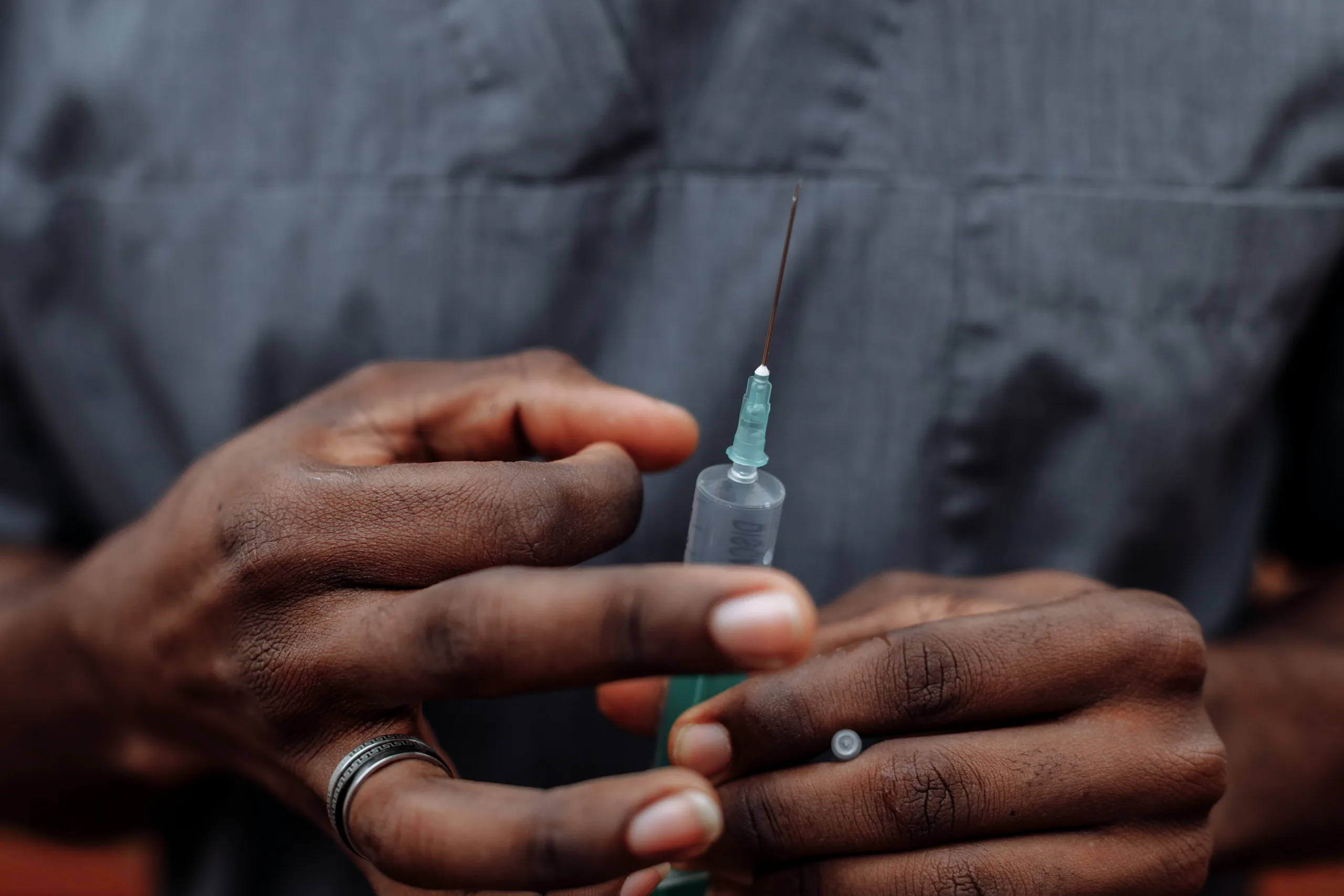With the obesity epidemic on the rise, the demand for effective weight loss solutions continues to grow. In recent years, prescription weight loss injections have emerged as a popular medical intervention for weight management. However, these innovative medications come at a cost. As interest in weight loss injections increases, it’s important to have an in-depth understanding of the financial considerations.
In this blog post, we’ll explore the variety of prescription injections available, factors impacting the pricing, cost comparisons to other weight loss methods, and budgeting tips. By equipping yourself with knowledge, you can make the most informed decision for your weight loss needs and goals. Let’s dive in and shed some light on the dollars and cents behind these revolutionary medications.

The Rising Trend of Prescription Weight Loss Injections
Prescription weight loss injections have revolutionized obesity treatment. By using medication to target the biological mechanisms behind appetite and fat storage, injections provide an advantage that diet and exercise alone often cannot match. When combined with healthy lifestyle changes, prescription injections offer hope to the millions of individuals struggling to lose weight through traditional means.
With rates of obesity and related health consequences continuing to climb, it’s no wonder interest in weight loss injections is skyrocketing. Saxenda, Contrave, and Wegovy are just some of the big names dominating the prescription injection market right now. But before pursuing this route, it’s crucial to understand the financial considerations at play. Let’s break down the costs behind the injections transforming weight management.
The Variety of Prescription Weight Loss Injections and Their Costs
There is no universal price tag for prescription weight loss injections. The costs can vary dramatically based on the specific medication formula, brand, dosage, duration of treatment, and other factors. Here is a quick look at some of the most popular options and the accompanying price ranges:
- Saxenda: One of the common prescription injections, Saxenda, has an average monthly cost of $1,500 without insurance. This injectable form of the diabetes drug liraglutide works by suppressing appetite and mimicking feelings of fullness.
- Contrave: A monthly supply of Contrave, a combination of bupropion and naltrexone, generally ranges from $55 to $200 out of pocket. It targets chemical signals in the brain linked to cravings and pleasure from food.
- Wegovy: A newer, pricier option, weekly doses of Wegovy start around $1,300 to $1,500 monthly. It contains a higher dose of semaglutide that helps patients feel satisfied with smaller portions.
- Qsymia: This prescription capsule combines phentermine and topiramate to suppress appetite through various mechanisms. Monthly costs are typically $150-$300.
- Victoza: Before Wegovy, Victoza contained lower doses of semaglutide for diabetes treatment. Some doctors prescribe off-label for weight loss at around $700-$1,000 monthly.
The costs of weight loss injections are driven by research investments, manufacturing technology, and competitive pricing within the pharmaceutical industry. The specific health benefits and results can also influence pricing models. It pays to be an educated consumer.

Factors Influencing the Cost of Prescription Weight Loss Injections
From production to policy, many elements impact the final costs passed along to consumers. Here are some of the key factors that shape the pricing landscape for prescription injections:
- Brand vs. Generic: Brand name formulations are more expensive, while generic versions offer savings. For example, generic phentermine costs between $25-$50 per month, compared to brand name phentermine at around $100 per month.
- Insurance Coverage: Out-of-pocket costs drop significantly if injections are covered by your health insurance plan. But coverage varies greatly between providers. Many still classify obesity drugs as “lifestyle medications.”
- Administration Method: Injections or IV infusions in a doctor’s office accrue additional provider and facility fees. Self-injected medications have lower administrative costs.
- Treatment Duration: Costs accumulate the longer someone uses prescription injections for weight loss. Prices listed are generally monthly, but obesity is a chronic disease often requiring long-term treatment.
- Manufacturer Discounts: Programs like VictozaCare offer co-pay discounts and savings on deductibles. SaxendaCare provides similar options to offset expenses.
- Compounding Costs: Custom mixed weight loss formulations from specialty pharmacies have unique pricing reflecting personalized ingredients.
Understanding these key variables provides important context for weighing prescription injection costs. Now let’s see how the investments compare to other options.
Comparing Costs: Prescription Weight Loss Injections vs. Traditional Methods
To fully evaluate the value proposition of prescription injections, it’s useful to compare costs against conventional weight loss interventions. Here’s an overview:
- Commercial diet plans – $300-$500 per month for prepared meals, coaching, and digital tools. Requires high motivation long-term.
- Weight loss supplements – $20-$100 per month for over-the-counter pills, shakes, bars, or powders. Efficacy concerns.
- Gym membership – $30-$150 per month depending on amenities. Works best paired with trainer.
- Residential programs – $2,000-$5,000 per week for immersive treatment and monitoring at obesity wellness centers.
- Bariatric surgery – An average of $20,000-$25,000 one-time fee for procedures like gastric sleeve or bypass.
- Prescription injections – $100-$1,500 per month based on specific medication. Doctor visits required.
When tallying the recurring costs, prescription injections often total the highest monthly investment. However, proponents argue the accelerated and consistent weight loss results outweigh the financial downsides, especially for weight-related health conditions.
For those with low willpower, limited time, or medical barriers to traditional weight loss, prescription injections offer a cost-effective solution for finally seeing success. The monthly expense may pay off in the long run through enhanced health, reduced medications, and avoidance of expensive weight complications.

Navigating the Financial Aspect: Tips for Affording Prescription Weight Loss Injections
The costs of prescription weight loss medications can seem daunting. With prices ranging into the thousands, injections are out of reach for many without insurance coverage. However, some budget-friendly options and cost-saving strategies can ease the financial burden:
- Explore insurance appeals – File an appeal if your claim gets denied. Show medical necessity and expected health benefits.
- Investigate patient assistance – Pharmaceutical companies offer discounted or free meds if income requirements are met.
- Choose generic versions – Generics like phentermine can reduce monthly costs by 50% or more compared to brands.
- Ask about samples – Doctors may have free samples available to help patients trial injections.
- Compare pharmacy prices – Shop around locally and online for the best rates through retailers like Costco.
- Split doses – Inject only half the recommend dose to make it last twice as long, with doctor oversight.
- Apply for co-pay discounts – Many manufacturers provide cards and coupons that lower out-of-pocket costs per dose.
With some footwork and creativity, prescription injections may be possible even on a tight budget.
Balancing Costs and Health Goals in Your Weight Loss Journey
Landing on the right obesity treatment plan is a complex, personalized decision based on medical history, lifestyle, priorities, and finances. The true “cost” of weight loss injections includes both monetary investments and potential health returns. Only you can decide if prescription injections are the most cost-effective path for your goals.
If finances are the deciding factor, be creative in your approach. With doctor guidance and budget strategies, prescription injections could offer affordable access to obesity medications that were life-changing yet previously unattainable. But also reflect carefully on any concerns or risks before moving forward.
Our hope is this detailed cost analysis has shed light on the dollars and cents behind prescription weight loss injections. Weigh your options carefully, trust your healthcare provider, and invest wisely for the best chance at long-term results. You’ve got this!

Take the Next Steps Toward Your Weight Loss Goals
1. Subscribe: Get free updates with the latest weight loss insights by joining our newsletter community.
2. Book a Meeting: Reserve your free 10-minute consultation to discuss your weight loss plans with our diet & nutrition team. Limited availability – sign up now!
3. Read More: Dive deeper by exploring related articles in our weight loss blog archive. Knowledge is power!
We’re here to provide compassionate guidance and empower you with information at every step of your journey. Your health and wellbeing are our top priority. Please reach out if we can support you in any way.
The decision to try prescription weight loss injections is highly personal and takes thoughtfulness and care. But for the right individual, these innovative medications can provide help that diet and exercise alone cannot. Stay focused on your goals, lean on your healthcare providers, and don’t be afraid to advocate for yourself. You deserve to feel healthy and empowered in your body. We’re cheering you on!
Thank you for reading this post, don't forget to subscribe to our free newsletter
!
